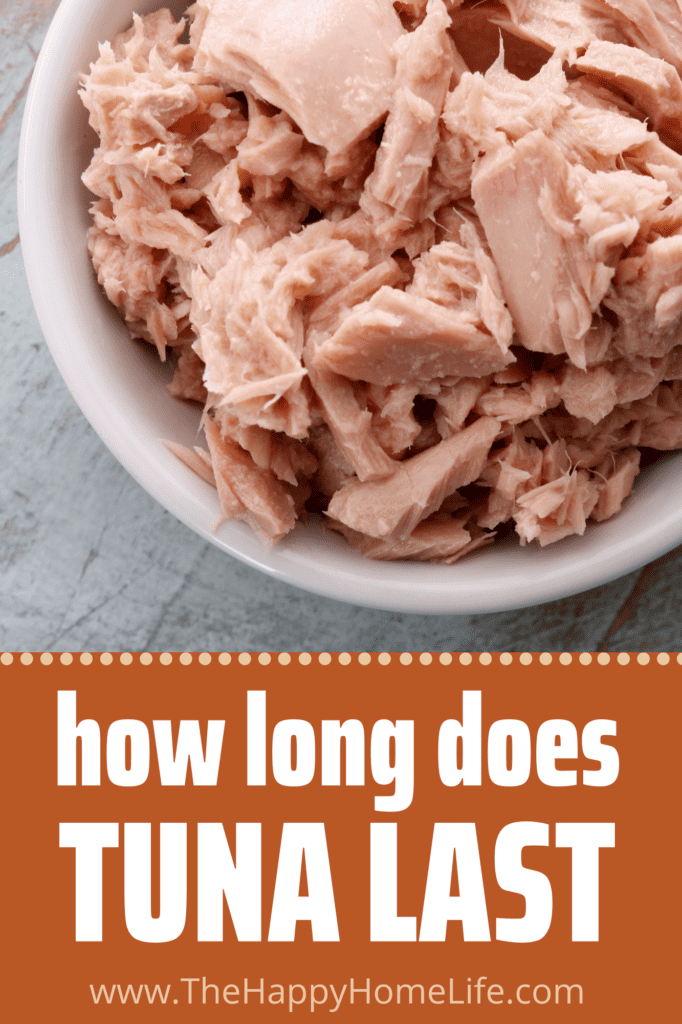When it comes to canned tuna, you might be wondering how long it lasts. After all, you don’t want to risk getting sick from eating expired food. The good news is that canned tuna has a long shelf life, but it’s important to know how to store it properly to ensure it stays fresh for as long as possible.
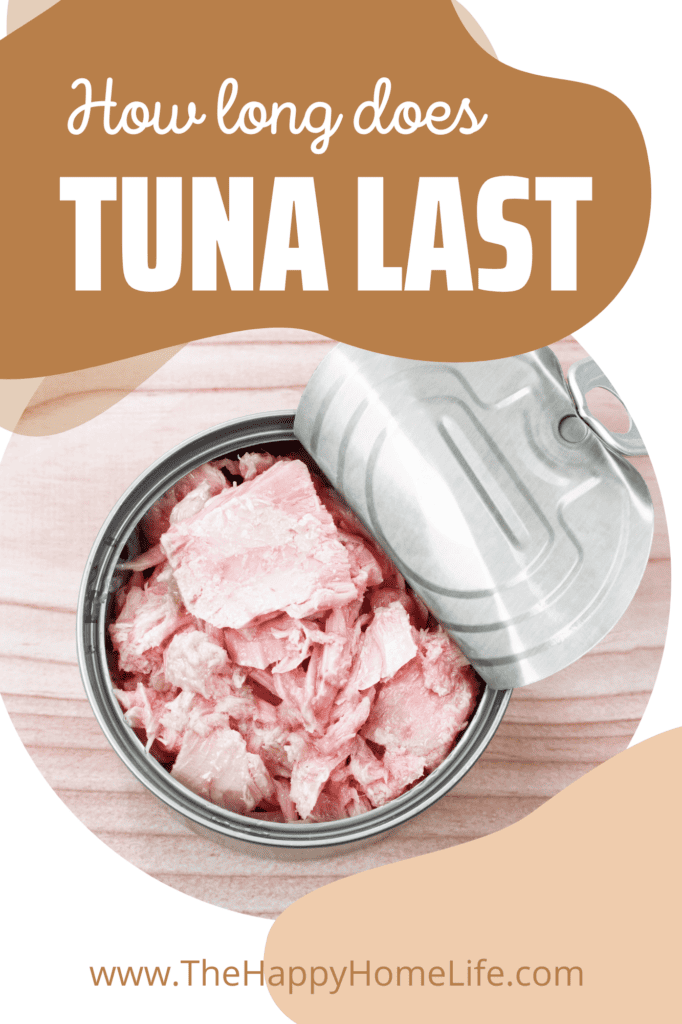
According to About Seafood, an unopened can of tuna typically has a shelf life of four years, while a pouch lasts unopened about 3 years. However, once you open the can, the tuna will only last for about three days in the refrigerator before it starts to lose its freshness. It’s important to transfer the leftover tuna to an airtight container and store it in the fridge to help it last as long as possible.
What is Tuna?
Tuna is a saltwater fish that belongs to the family Scombridae. It is a popular seafood that is consumed around the world due to its delicious taste and high nutritional value. Tuna is a rich source of protein, omega-3 fatty acids, and various vitamins and minerals.
Different Types of Tuna
There are several different types of tuna, each with its unique characteristics and flavor profile. Here are some of the most common types of tuna:
- Skipjack Tuna: This type of tuna is the most commonly consumed tuna worldwide. It has a mild flavor and is often used in canned tuna products.
- Albacore Tuna: Albacore tuna is also known as white tuna and has a mild, slightly sweet flavor. It is often used in sushi and sashimi dishes.
- Yellowfin Tuna: Yellowfin tuna has a mild, meaty flavor and is often used in grilled or seared dishes.
- Bigeye Tuna: Bigeye tuna has a rich, buttery flavor and is often used in sushi and sashimi dishes.
- Bluefin Tuna: Bluefin tuna is one of the most expensive types of tuna due to its rich, buttery flavor and high fat content. It is often used in high-end sushi restaurants.
Each type of tuna has its unique flavor and texture, but they all share a similar nutritional profile. Tuna is an excellent source of protein and omega-3 fatty acids, which are essential for maintaining good health.
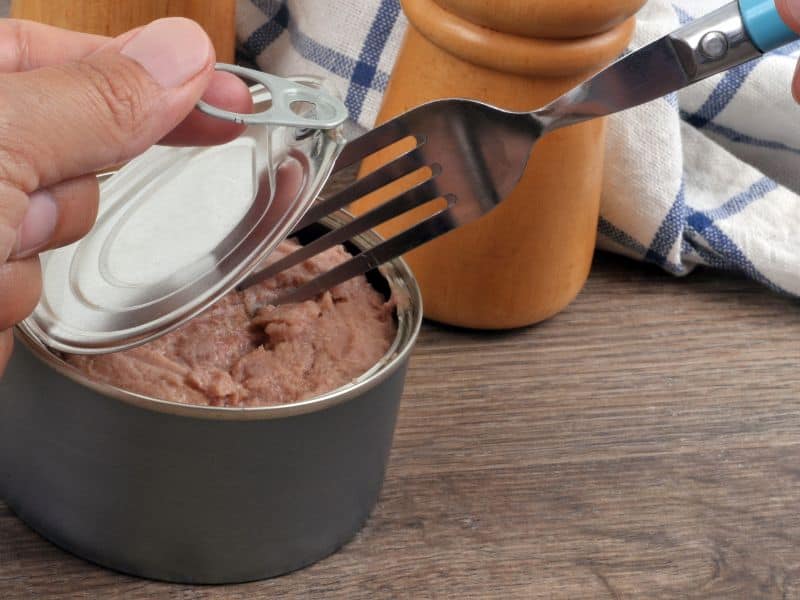
Shelf Life of Tuna
Tuna is a popular fish that is known for its delicious taste and nutritional benefits. However, like any other food, tuna has a limited shelf life. In this section, we will discuss the shelf life of tuna, the factors that affect its shelf life, and how long it lasts.
Factors Affecting Tuna Shelf Life
Several factors affect the shelf life of tuna, including the type of tuna, the storage conditions, and the packaging. Here are some of the most important factors:
- Type of Tuna: Fresh tuna has a shorter shelf life than canned tuna. Tuna packed in oil has a longer shelf life than tuna packed in water.
- Storage Conditions: Tuna should be stored in a cool, dry place away from direct sunlight, heat, and moisture. Exposure to these elements can cause the tuna to spoil quickly.
- Packaging: Tuna should be stored in an airtight container, such as a plastic container, heavy-duty freezer bags, aluminum foil, or plastic wrap. This will help prevent air and moisture from getting in and causing the tuna to spoil.
How Long Does Tuna Last?
The shelf life of tuna depends on several factors, including the type of tuna, the storage conditions, and the packaging. Here is a general guide to how long tuna lasts:
- Fresh Tuna: Fresh tuna should be consumed within 1-2 days of purchase. If you need to store it for longer, wrap it tightly in plastic wrap or aluminum foil and store it in the refrigerator for up to 3 days.
- Canned Tuna: Canned tuna typically has a shelf life of 2-5 years from the date of purchase. However, once opened, it should be consumed within 3-4 days if stored in the refrigerator in a covered glass or plastic container.
- Best if Used By, Best Before, and Expiration Dates: Tuna, like most foods, has a “best if used by” or “best before” date. This is not an expiration date, but rather a guideline for when the tuna will be at its best quality. Tuna can still be consumed after this date if it has been stored properly and shows no signs of spoilage.
Signs of Spoilage
If you’re wondering if your tuna is still good or not, it’s important to know the signs of spoilage. Here are some indicators to look out for:
How to Tell If Tuna Has Spoiled
- Off odor: Tuna that has gone bad will have a distinct, unpleasant smell. If it smells sour or like ammonia, it’s likely spoiled.
- Foul odor: If the odor is strong and pungent, it could be a sign that the tuna has gone bad.
- Texture: Spoiled tuna may have a slimy or mushy texture. If it feels slimy or sticky to the touch, it’s best to discard it.
- Color change: Tuna that has gone bad may have a brown or grayish color instead of its usual pink or red color.
- Rancidity: Spoiled tuna may have a rancid taste due to the breakdown of oils in the fish.
- Damage: If the can or packaging is damaged or swollen, it’s best to avoid consuming it.
It’s important to note that spices and minerals in the tuna may affect its color and smell, so it’s important to trust your senses when determining if it has gone bad. Additionally, storing tuna properly can help prolong its shelf life. Keep it in a cool, dry place, and avoid exposing it to heat, moisture, or light.

Storing Tuna
When it comes to storing tuna, there are a few things you need to keep in mind to ensure the fish stays fresh and safe to eat. Here are some tips on proper storage techniques, freezing tuna, and how to store opened cans.
Proper Storage Techniques
- Fresh Tuna: Store fresh tuna in an airtight container in the refrigerator at a temperature between 32°F and 39°F. It can last up to two days when stored correctly.
- Canned Tuna: Unopened cans of tuna can last up to five years when stored in a cool, dry place at room temperature, according to the USDA. Once opened, transfer the contents to an airtight container and store in the refrigerator for up to three days. Home-canned tuna, on the other hand, is only good for up to 1 year.
Can You Freeze Tuna?
Yes, you can freeze tuna to extend its shelf life. Here are some tips on how to freeze tuna:
- Fresh Tuna: Wrap the fresh tuna in heavy-duty freezer bags or airtight containers and store it in the freezer. It can last up to 3 to 8 months when frozen.
- Canned Tuna: You can freeze tuna that has been removed from the can. Transfer it to an airtight container or heavy-duty freezer bag and freeze for up to three months.
How to Store Opened Cans
If you have opened a can of tuna and have leftovers, here are some tips on how to store it:
- Transfer the contents to an airtight container and store it in the refrigerator for up to three days.
- Do not store leftover tuna in the can as it can affect the taste and quality of the fish.
- If you have leftover tuna that you don’t plan on using within three days, freeze it for later use.
Overall, proper storage techniques are crucial to maintain the freshness and safety of tuna. Whether you have fresh or canned tuna, make sure to store it in an airtight container in the refrigerator or freezer to extend its shelf life.
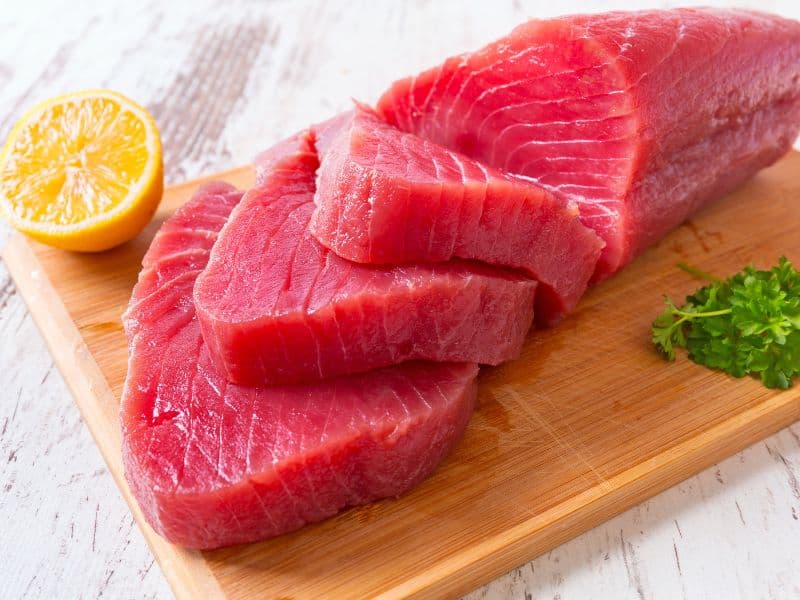
Tuna Nutrition
When it comes to nutrition, tuna is a great source of protein and omega-3 fatty acids. However, it is also important to be aware of the mercury content in tuna.
Tuna as a Protein Source
Tuna is a great source of protein, with 3 ounces of canned tuna containing around 20 grams of protein. Protein is an essential nutrient that helps build and repair tissues in your body. It is also important for maintaining healthy skin, hair, and nails.
Omega-3 Fatty Acids in Tuna
Tuna is also high in omega-3 fatty acids, particularly EPA and DHA. These fatty acids are beneficial for heart health, brain function, and reducing inflammation in the body. However, it is important to note that not all types of tuna have the same levels of omega-3s. Albacore tuna, also known as white tuna, has higher levels of omega-3s than other types like skipjack or tongol.
Mercury Levels in Tuna
While tuna is a nutritious food, it is also important to be aware of its mercury content. Mercury is a toxic metal that can accumulate in your body over time, leading to health problems. Some types of tuna, like bluefin and bigeye, are known to have higher levels of mercury than others. It is recommended that you limit your intake of these types of tuna and opt for lower-mercury options like chunk light tuna or skipjack tuna.
In summary, tuna is a nutritious food that is high in protein and omega-3 fatty acids. However, it is important to be mindful of the mercury content in certain types of tuna. By choosing lower-mercury options and consuming tuna in moderation, you can enjoy its health benefits while minimizing your risk of mercury exposure.
Tuna Recipes
If you’re looking for a versatile, protein-packed ingredient, tuna is a great option. Whether you’re in the mood for a light and refreshing tuna salad or a hearty tuna casserole, there are plenty of recipes to choose from. Here are some of our favorite tuna recipes:
Pan-Seared Tuna Steaks
For a simple and elegant meal, try pan-seared tuna steaks. Season the tuna with salt and pepper, then sear it in a hot skillet for 2-3 minutes per side. Serve with a squeeze of lemon juice and a side of roasted vegetables for a healthy and delicious meal.
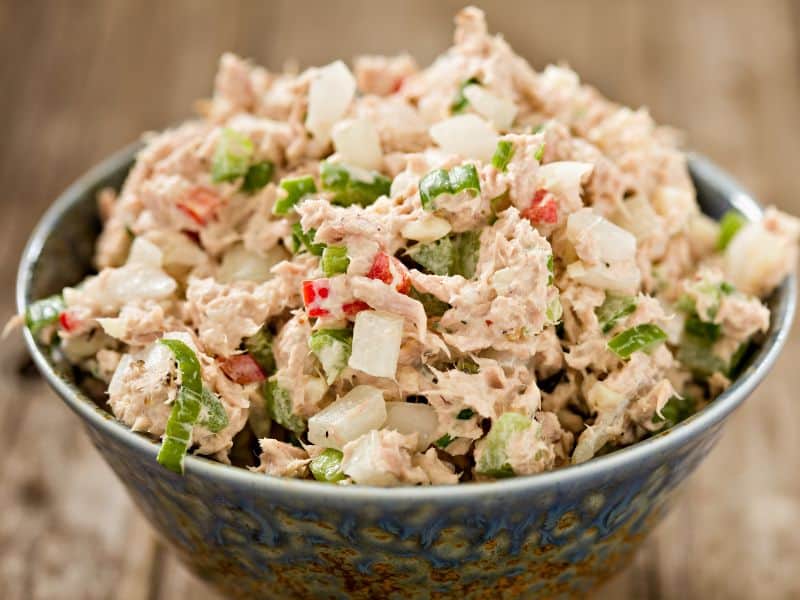
Tuna Salad
Tuna salad is a classic dish that’s perfect for a quick and easy lunch. Mix together canned tuna, mayo, chopped celery, and onion, then serve on a bed of lettuce or between two slices of bread. For a healthier twist, try using Greek yogurt instead of mayo.
Tuna Casseroles
Tuna casseroles are a comforting and filling meal that’s perfect for a cozy night in. Mix together cooked pasta, canned tuna, cream of mushroom soup, and frozen peas, then top with breadcrumbs and bake until golden brown.
Tuna Sandwiches
Tuna sandwiches are a classic lunch option that’s easy to make and always satisfying. Mix together canned tuna, mayo, and chopped celery, then serve between two slices of bread with lettuce and tomato.
Tuna Stuffed Tomatoes
For a fun and creative meal, try making tuna stuffed tomatoes. Cut the tops off of large tomatoes, then scoop out the insides. Mix together canned tuna, mayo, and chopped celery, then stuff the mixture into the tomatoes. Bake until tender and serve with a side salad.
No matter what type of tuna recipe you choose, it’s important to use fresh and high-quality ingredients. Look for canned tuna that’s sustainably sourced and packed in water, rather than oil. And if you’re looking for a healthier option, try swapping out mayo for Greek yogurt or avocado. With these tips and recipes, you’ll be able to enjoy delicious and nutritious tuna dishes in no time.
With proper storage and handling, canned tuna can be a great addition to your pantry and a quick and easy protein source for your meals. Just be sure to follow the guidelines and use your best judgment when it comes to the safety and quality of your canned tuna.
